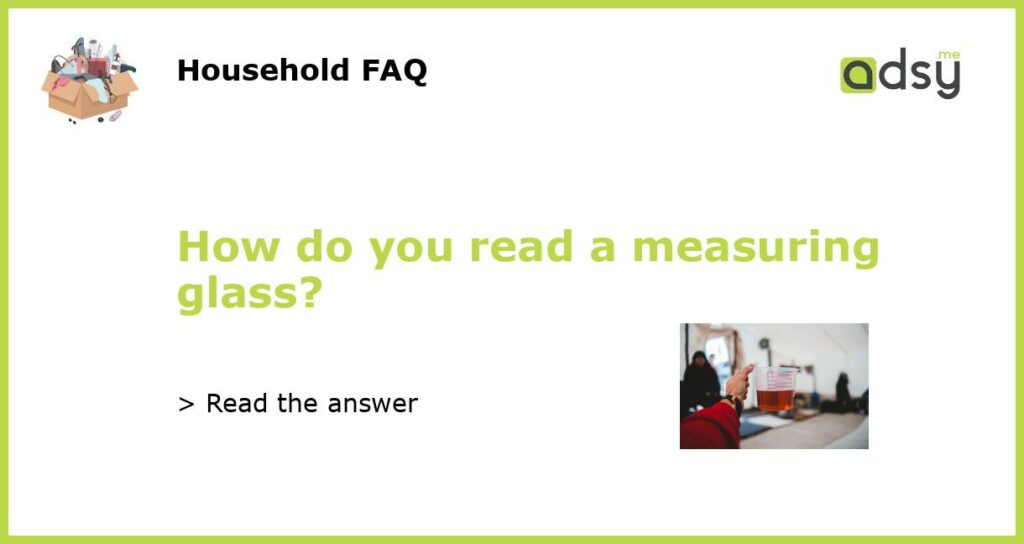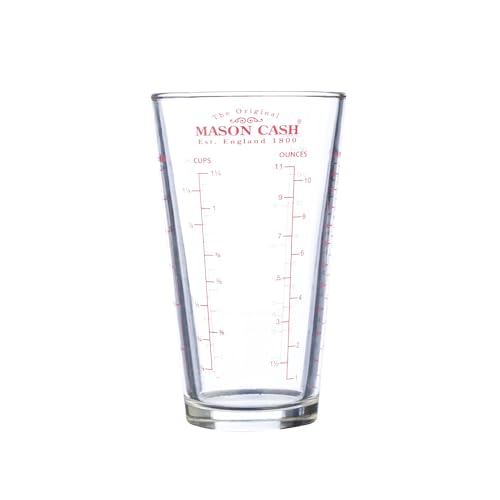Understanding the basics of measuring glass
Measuring glass is a crucial tool for cooking enthusiasts and professionals alike. It helps in accurately measuring liquids and dry ingredients. However, if you are unaware of how to read a measuring glass, it might lead to inaccurate measurements that can spoil your recipe’s taste.
Types of measuring glasses
Before learning how to read a measuring glass, it’s essential to know the different types of measuring glasses available. The most common measuring glasses come in two types – liquid measuring cups and dry ingredient measuring cups. Liquid measuring cups usually have a spout and have markings for fluid ounces, milliliters, and cups. Dry ingredient measuring cups can double up as measuring spoons and primarily have markings for cups.
Reading liquid measuring cups
When reading liquid measuring cups, ensure that the glass is on a flat surface, and your eyes are at the same level as the marking. The markings should be read at the bottom of the meniscus, which is the curved surface of the liquid. Liquid measuring cups usually have markings that start from the bottom and go up, and each marking represents a specific unit measurement, such as ounces, milliliters, and cups.
Reading dry ingredient measuring cups
Dry measuring cups usually come with a set of cups with markings for different units of measurement, such as cups, tablespoons, and teaspoons. To read dry measuring cups, fill the cup with the dry ingredient until it is overflowing, and then use a straight edge like a knife to level off the top of the cup. The amount of dry ingredient is the same as the value of the marking on the cup.
Care and maintenance of measuring glasses
Since measuring glasses come in contact with food items, they need to be cleaned and sanitized correctly. It’s best to wash them with mild soap and water after each use and let them air-dry. Avoid using scouring pads or abrasive cleaners, which can scratch the glass surface and cause inaccuracy in readings. To verify their accuracy, you can test your measuring glasses against a calibrated scale or another measuring cup with known accuracy periodically.






